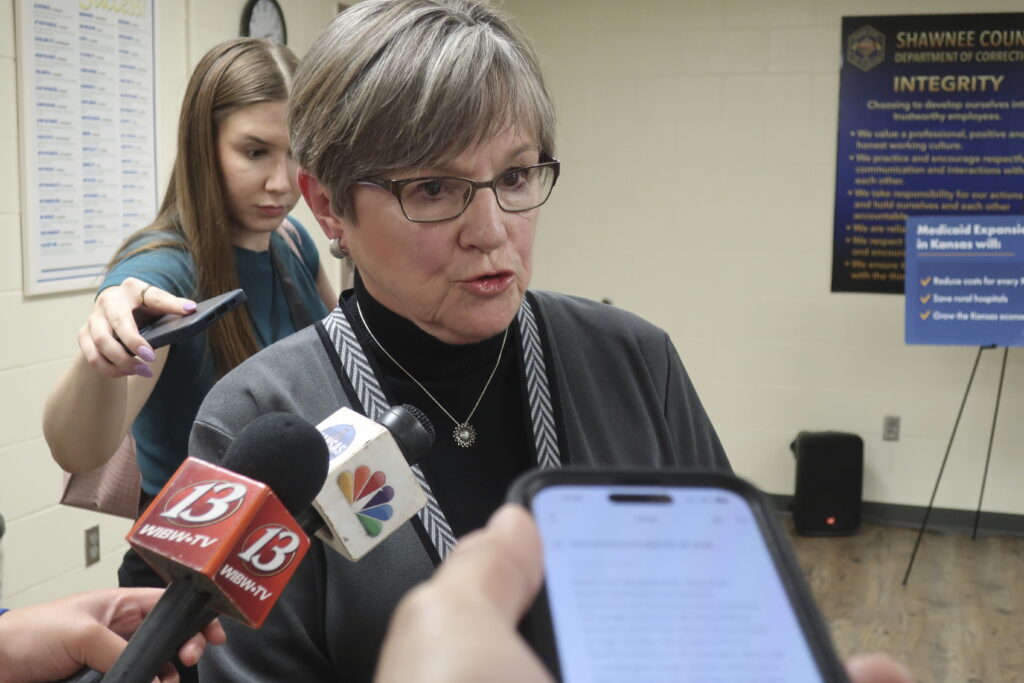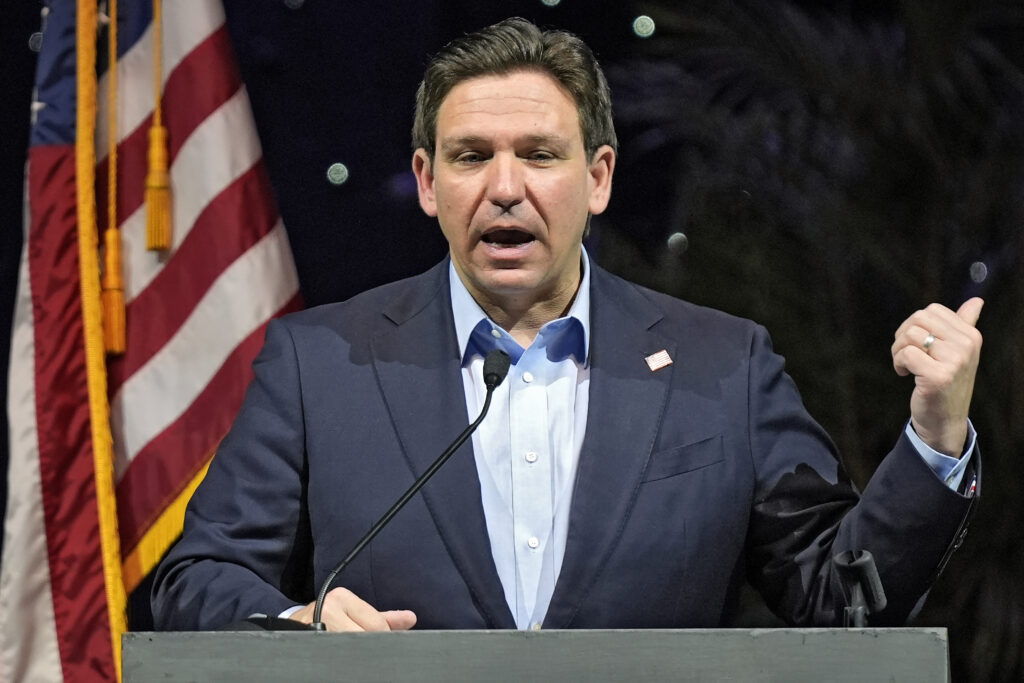Was Nixon the One in 1960?
Were Americans in 1922 still relitigating the 1860 presidential election? Not, it seems, to judge from the speeches delivered on Memorial Day 100 years ago at the dedication of the Lincoln Memorial. Chief Justice William Howard Taft spoke at length about architecture. Robert Moton, the principal of Tuskegee Institute, spoke at length, and in words that have held up well, of the history of black Americans. But neither mentioned the election that brought Abraham Lincoln to the White House. President Warren Harding came closest when he noted that “57 years ago this people gave from their ranks, sprung from their own fiber, this plain man, holding their common ideals.”
This was not so surprising. Lincoln had won the 1860 election with an embarrassingly low 39.65 percent of the popular vote but won absolute majorities in 15 of the 18 nonslave states and thus 169 of 303 electoral votes. What was important, and worthy of the memorial they were dedicating, was what Lincoln did after taking office.
The 1960 election, even 62 years after it happened, presents a different case. What the Electoral College winner, John Kennedy, did after taking office falls far short of earning memorial status and, after half a dozen decades, his high retrospective ratings seem to be falling toward a more appropriate level. But controversy over the campaign continues. There is still an argument to be made, for example, that Richard Nixon actually won a plurality of the popular vote (it depends how you allocate the virtually identical totals for the separately elected 11 Alabama Democratic electors, 5 of whom voted for Kennedy and 6 for Harry Byrd). More important, there is a case to be made that the prevalent accounts of the campaign, starting with Theodore H. White’s bestselling The Making of the President 1960, distort history by casting Kennedy as the peerless hero of a melodrama and Richard Nixon as the villain.
That is the thesis of the prolific history writer Irwin F. Gellman in Campaign of the Century: Kennedy, Nixon, and the Election of 1960. Gellman points out that White was self-admittedly biased toward Kennedy and against Nixon and that recent volumes by historians Robert Dallek and Gary Donaldson and journalists Thomas Oliphant and Curtis Wilkie are similarly biased, with such authors limiting their archival research to sources sympathetic to Kennedy—despite Kennedy acolytes’ longstanding suppression of derogatory material.
Gellman himself has consulted the archives of Republicans as well as Democrats and of those who play only bit parts in the drama of the 1960 election as well as those in starring roles. His research has enabled him to argue persuasively that Dwight Eisenhower very much wanted Richard Nixon to win, the more so as the election got closer and as the prospect of a Kennedy victory threatened, in his view, to undermine and overshadow the genuine accomplishments of his own administration.
Gellman notes as well that both the liberal Nelson Rockefeller and the conservative Barry Goldwater campaigned extensively for Nixon. He provides an unusually positive assessment of Nixon’s running mate Henry Cabot Lodge. And he makes a strong case against the longstanding liberal charges that Nixon smeared the Democrats whom he beat in his 1946 House and 1950 Senate races.
He is on weaker ground, in my view, in arguing that “the religion issue” helped Kennedy. The Gallup Poll credited Kennedy with 68 percent of fellow Catholics’ votes, more than most previous Democrats and far more than the most recent nominee Adlai Stevenson, who almost lost the Catholic vote to Eisenhower. But Kennedy’s failure to win more votes from white Protestants than other recent Democratic presidential candidates, which Gellman notes, suggests what other evidence makes clear: Suspicions that Catholic dogma was incompatible with free societies, rooted in 17th and 18th century British history, had not dissipated. Why else did Kennedy run even with or behind Stevenson in border states like Missouri, Kentucky, and Tennessee?
Unfortunately, Gellman’s workmanlike prose and staccato recital of archival evidence does not come close to rivaling Theodore White’s sweeping lyrical evocations of midcentury America. And he leaves it to the reader to note how much presidential politics has changed since 1960 (though maybe not as much as it changed from 1860 to 1922). The attentive reader will be astonished that Vice President Richard Nixon punctiliously worked out of his Senate office in the Capitol; Jimmy Carter and Walter Mondale had not yet established the useful precedent of making the vice president a working partner in governance.
Twenty-first century political junkies will be surprised to see that women were voting a little more Republican than men at that time—and that serious politicians thought women would be drawn to good-looking candidates (projection, anyone?). They may be surprised by the related fact that Republicans were regarded as the more pacific party and Democrats as more warlike.
And they will surely be puzzled by the frequent mention of farm policy. At the beginning of World War II, one-quarter of Americans still lived on farms, and the flight from uneconomic but sentimentalized family farms—by blacks from the South and whites from the South and Great Plains—was just approaching an end in 1960, as Democrats excoriated and Republicans pivoted away from Eisenhower agriculture secretary Ezra Taft Benson (quick, name the last couple ag secretaries).
Theodore White made much of statistically insignificant changes in poll numbers during the campaign. Gellman presents some numbers, which suggest that this was pretty much a 50-50 race all the way through. In a nation in which each party had officeholders and voters who were liberal and conservative on economic, foreign policy, and cultural issues, presidential politics was a more complicated discipline than it is now.
In 1960, 19 states went for one candidate or the other by less than 5 percent of the popular vote and another 13 states by between 5 and 10 percent. The corresponding numbers in 2020 were 8 and 6 states. Put it another way: In 1960 there were 19 target states with 248 electoral votes; in 2020 there were 8 target states with 123 electoral votes.
Winning that election was more a matter of luck than of skill. Like many Republicans and non-Republicans over the last 62 years, Gellman believes that Kennedy’s 8,858-vote margin in Illinois was the product of fraud. He is confessedly on weaker ground in suggesting that Kennedy’s 46,257-vote margin in Lyndon Johnson’s Texas was fraudulent. Switching Illinois to Nixon would still leave Kennedy above the needed 269 electoral votes. And while the Democratic margin in four more states (Hawaii, Missouri, New Jersey, New Mexico) was less than 1 percent, one lesson of the 2000, 2016, and 2020 elections is that you can’t successfully challenge a presidential election if you have to overturn the result in more than one state.
Both Nixon and Kennedy, Gellman concludes, were “complex, driven, powerfully ambitious men,” but Nixon “ran by far the more honorable, and honest, campaign.” Kennedy concealed, and many Kennedy partisans continue to downplay, his dreadful health and sexual promiscuity. But he had luck on his side, and his father’s money, and charm. His performances in press conferences were dazzling, and his understanding of journalism today dazzled even as uncharmable a reporter as the young Robert Novak. That’s something that Nixon, whose self-confidence had not risen in tandem with his rapid rise from humble beginnings, could never match.
Campaign of the Century: Kennedy, Nixon, and the Election of 1960
by Irwin F. Gellman
Yale University Press, 504 pp., $35
Michael Barone is senior political analyst at the Washington Examiner and was the longtime principal coauthor of The Almanac of American Politics. In 1960 he lived in a 92 percent Republican precinct and supported Kennedy over Nixon.
" Conservative News Daily does not always share or support the views and opinions expressed here; they are just those of the writer."





